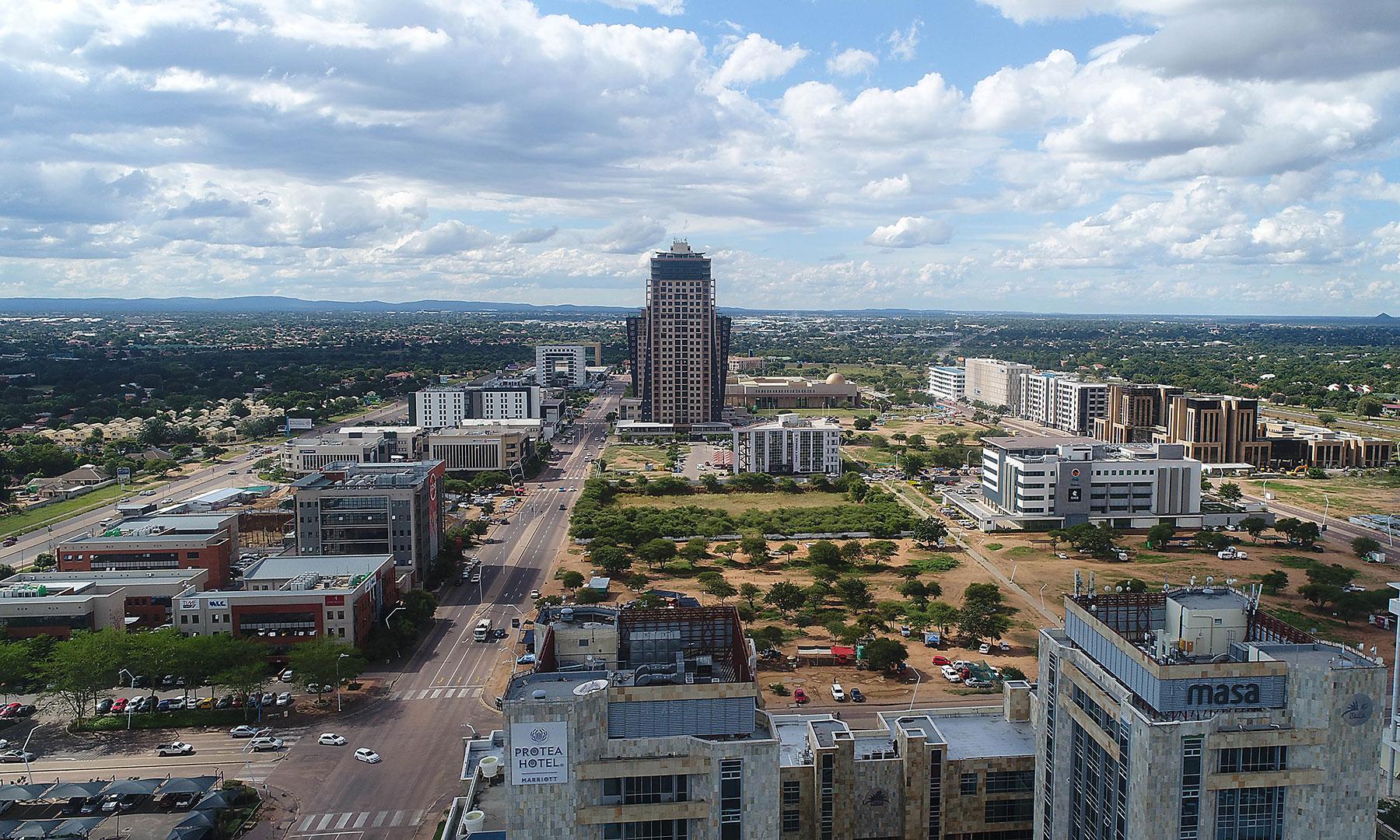Africa-Press – Botswana. Total foreign assets were valued at P64.9 billion in April, an increase from P55.9 billion balance in March. On a 12 month period, the foreign reserves increased by 15.3 percent from April 2022, shows data from Bank of Botswana’s recently released data of the country’s financial position in April.
The central bank manages foreign exchange reserves through two portfolios; the Liquidity Portfolio and the long-term investment portfolio know as Pula Fund. The Liquidity Portfolio – is made up of the Liquidity Investment Tranche (LIT) and the Transaction Balance Tranche (TBT). The TBT, used for any short-term needs for foreign currency, surged to P11.6 billion in April from the P3.8 billion in the prior month. The LIT, which provides further support for medium term funding, had P5.3 million compared to P5.2 million.
The Pula Fund, which accounts for a large portion of foreign reserves, rose to P47.7 billion from the previous month’s P46.8 billion. The government investment account (GIA), which represents the government’s share of funds in the Pula Fund, jumped from P10 billion to P18 billion, and also higher than April 2022’s balance of P15.5 billion. The significant increase in the GIA balks the slowdown down witnessed in diamond trade in the first half of the year, with all trades coming lower than the same period last year.
Botswana generates about 30 percent of its revenue and 70 percent of its foreign exchange earnings from diamonds. When there is excess revenue, the savings are channeled towards the sovereign wealth fund.
The GIA was nearly decimated in 2020 as government relied on it to finance budget deficits. The account dropped from 2019’s balance of P18.3 billion to P2.8 billion in 2020, the lowest balance on record, and finished 2021 with P5.6 billion in the account. Prior to the financial crisis of 2008/9, the GIA was valued at P30.5 billion in December 2008.
With the rapid decline in the sovereign wealth fund, the Finance ministry embarked on fiscal sustainability to improve revenue collection and contain expenditure in efforts to return to budget surpluses – using the extra cash to shore up the GIA and maintain it as a fiscal buffer against future shocks.
During the national budget speech in February, the Finance minister Peggy Serame explained that part of the GIA is accounted for by special funds and deposit accounts, which have designated uses or are held on behalf of third parties, thus may not be automatically available for budgetary purposes.
“Low GIA levels limit the extent to which government can draw on its reserves to finance future budget deficits, leaving borrowing as the main financing option,” the minister said in her speech.
Since her appointment as chief of the country’s treasury in April 2021, Serame has reiterated the urgent need to contain expenditures in order to manage the fiscal deficit, which is the main driver of the declining GIA. The government has been plagued by budget deficits since 2017, adding up to nearly P50 billion in the past six years.
Besides the interventions of the Finance ministry, which included increased government debt instead of tapping into the GIA, the recovery in the diamond industry has helped increase government revenue.
According to the recently launched Government of Botswana Annual Borrowing Strategy, Botswana’s financing requirement for the current financial year 2023/2024 will be P12.6 billion, comprising of a P7.6 billion budget deficit; payment of P3 billion for maturing bods; and P1.8 billion for maturing foreign loans.
For financial year 2024/2025, financing requirements will be P10.7 billion, and will be used to settle the forecasted P5 billion deficit; P3.8 billion in maturing bonds; P1.8 billion for maturing foreign borrowing. The financing requirement for 2025/2026 fiscal year will be P2.9 billion, largely made up of the P2.3 billion maturing foreign loan and P524 million to cover budget deficit.
The diamond rich country has struggled to balance its budget as far as 2017, weighed down by the recession in the diamond industry, which only started gaining momentum from 2021 and had its best performance in 2022.
For the financial year 2017/2018, the country overspent its budget by P1.9 billion, worsening in 2018/2019 with a P8.8 billion deficit. While the budget outruns seemed to be getting better with a P7.9 billion deficit in 2019/2020, the advent of COVID-19 pushed the deficit to P16.41 billion in 2020/2021. The budget outrun was greatly improved in the 2021/2022 fiscal year, bringing it down to P8 million budget deficit.
For More News And Analysis About Botswana Follow Africa-Press






